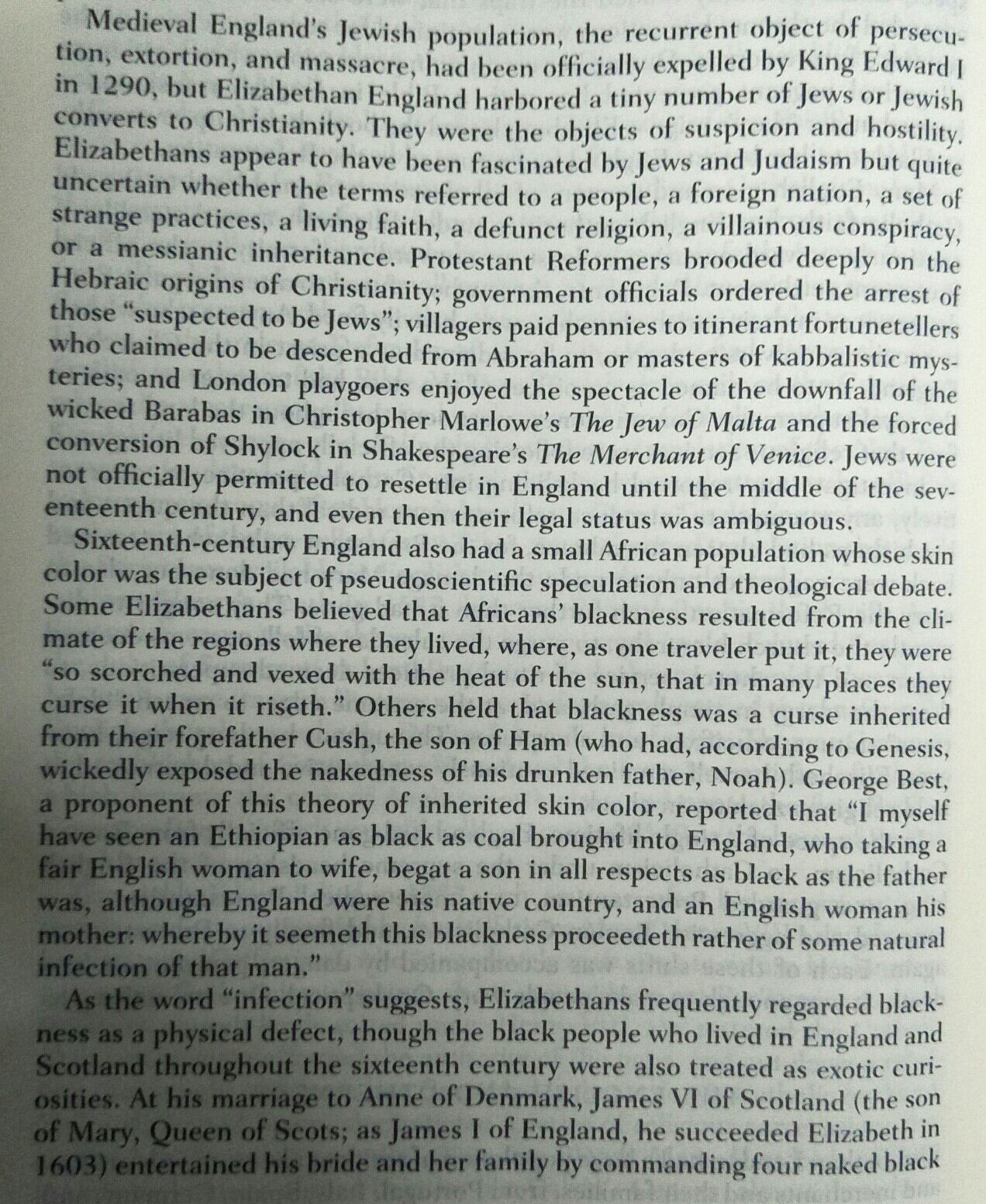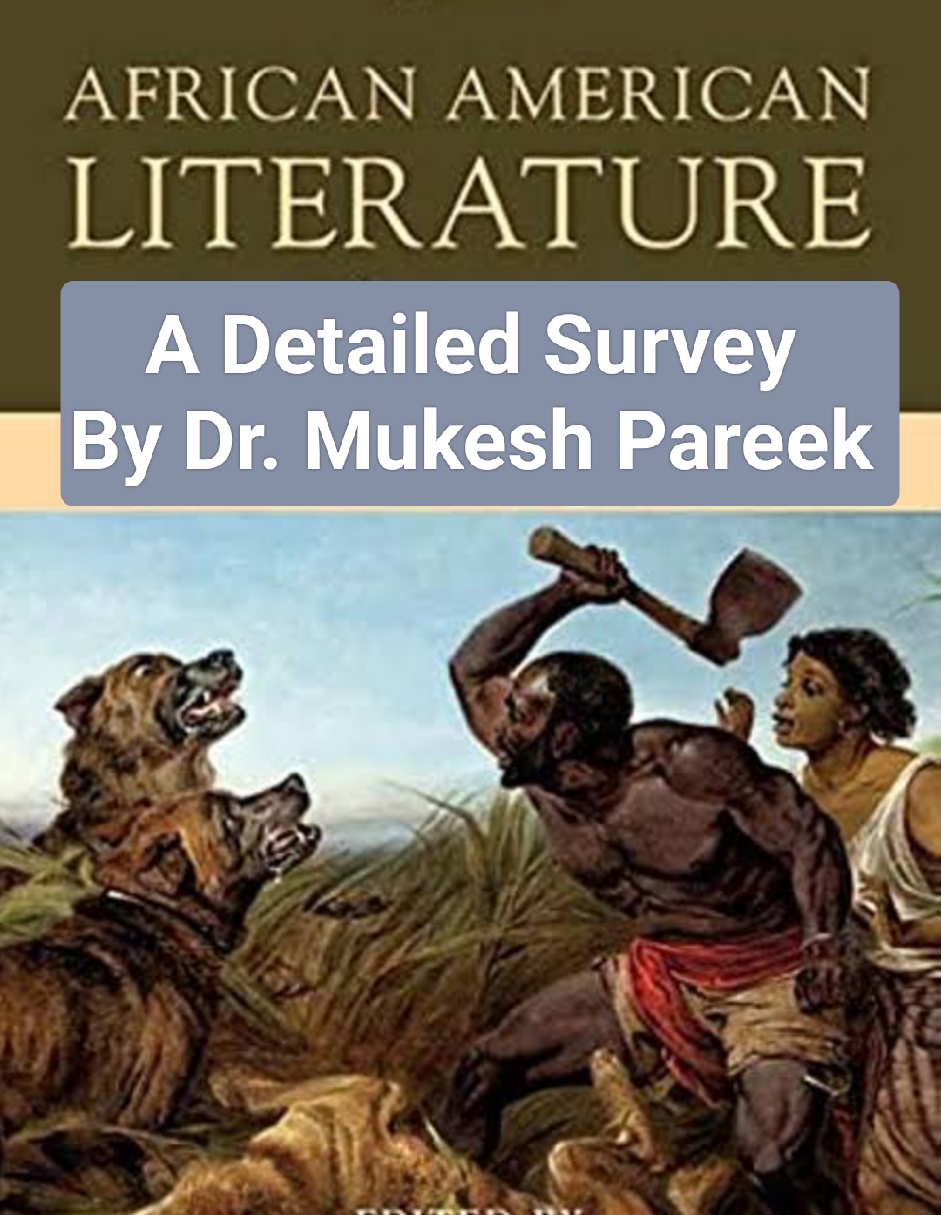Some Facts of English Renaissance -2
His attempt at a translation of Ariosto's Orlando Furioso caused his banishment from court for some years. Angered by the raciness of his translations, Elizabeth told Harington that he was to leave and not return until he had translated the entire poem. She chose this punishment rather than actually banishing him, but she considered the task so difficult that it was assumed Harington would not bother to comply. Harington, however, chose to follow through with the request and completed the translation in 1591. It received great praise, and is one of the translations still read by English speakers today.
18.The first translation of Homer into English consisted of the first ten books of the Iliad by Arthur Hall in 1581. Hall did not base his translation on the original Greek but on the French version by Hugues Salel published in 1555. However, the first celebrated translator of Homer into English was George Chapman (1559/60–1634).
19.George Chapman In 1598, Chapman published a translation of Seauen Books of the Iliades and most of book 18 of the Iliad under the title, Achilles Shield. In 1609, the first twelve books were published, followed by the translation of the entire poem in the edition of 1611, of which our copy is an example. In an introductory letter, “To the Reader,” Chapman rejects verbatim translation on the grounds of inelegance:
Their word-for-word traductions (where they lose
The free grace of their natural Dialect
And shame their Authors, with a forced Glose)
In fact, to embellish the English version, Chapman often took poetic license, going as far as adding words and phrases not in the original. For instance, “Hades” is “the invisible cave that no light comforts.” And, as it was fairly typical of the early-modern translator, Chapman also made use of annotated Latin versions, such as the edition of Jean de Sponde published in Basel in 1583, which included a Latin translation paralleling the original Greek.
20.The Defence of the Seven Sacraments is a theological treatise published in 1521 , written by King Henry VIII of England, allegedly with the assistance of Thomas More.
Henry started to write it in 1519 while he was reading Martin Luther's attack on indulgences.
It was dedicated to Pope Leo X, who rewarded Henry with the title Fidei Defensor (Defender of the Faith) in October 1521 (a title revoked following the king's break with the Catholic Church in the 1530s but re-awarded to his heir by the English Parliament).
21..Nicholas Hilliard was an English goldsmith and limner best known for his portrait miniatures of members of the courts of Elizabeth I and James I of England. He mostly painted small oval miniatures, but also some larger cabinet miniatures, up to about ten inches tall, and at least two famous half-length panel portraits of Elizabeth. He enjoyed continuing success as an artist, and continuing financial troubles, for forty-five years. His paintings still exemplify the visual image of Elizabethan England, very different from that of most of Europe in the late sixteenth century. Technically he was very conservative by European standards, but his paintings are superbly executed and have a freshness and charm that has ensured his continuing reputation as "the central artistic figure of the Elizabethan age, the only English painter whose work reflects, in its delicate microcosm, the world of Shakespeare's earlier plays."
22. Thomas Harriot 1560 – 1621), also spelled Harriott, Hariot or Heriot, was an English astronomer, mathematician, ethnographer and translator who made advances within the scientific field. Thomas Harriot was recognized for his contributions in astronomy, mathematics, and navigational techniques.Harriot worked closely with John White to create advanced maps for navigation.While Harriot worked extensively on numerous papers on the subjects of astronomy, mathematics, and navigation the amount of work that was actually published was sparse. So sparse that the only publication that has been produced by Harriot was The Briefe and True Report of the New Found Land of Virginia.The premise of the book includes descriptions of English settlements and financial issues in Virginia at the time.He is sometimes credited with the introduction of the potato to the British Isles.Harriot was the first person to make a drawing of the Moon through a telescope, on 26 July 1609, over four months before Galileo Galilei.
23.SLAVERY IN ENGLAND DURING ELIZABETHAN AND JACOBEAN AGE
Let us read these paragraphs from NORTON ANTHOLOGY about slavery
👇
Now let us read a poem that I consider important from UGC NET English Literature exam point. 👇👇👇👇
A LITANY IN TIME OF PLAGUE
by Thomas Nashe
Adieu, farewell, earth's bliss;
This world uncertain is;
Fond are life's lustful joys;
Death proves them all but toys;
None from his darts can fly;
I am sick, I must die.
Lord, have mercy on us!
Rich men, trust not in wealth,
Gold cannot buy you health;
Physic himself must fade.
All things to end are made,
The plague full swift goes by;
I am sick, I must die.
Lord, have mercy on us!
Beauty is but a flower
Which wrinkles will devour;
Brightness falls from the air;
Queens have died young and fair;
Dust hath closed Helen's eye.
I am sick, I must die.
Lord, have mercy on us!
Strength stoops unto the grave,
Worms feed on Hector brave;
Swords may not fight with fate,
Earth still holds open her gate.
"Come, come!" the bells do cry.
I am sick, I must die.
Lord, have mercy on us!
Wit with his wantonness
Tasteth death's bitterness;
Hell's executioner
Hath no ears for to hear
What vain art can reply.
I am sick, I must die.
Lord, have mercy on us!
Haste, therefore, each degree,
To welcome destiny;
Heaven is our heritage,
Earth but a player's stage;
Mount we unto the sky.
I am sick, I must die.
Lord, have mercy on us!


Comments
Post a Comment